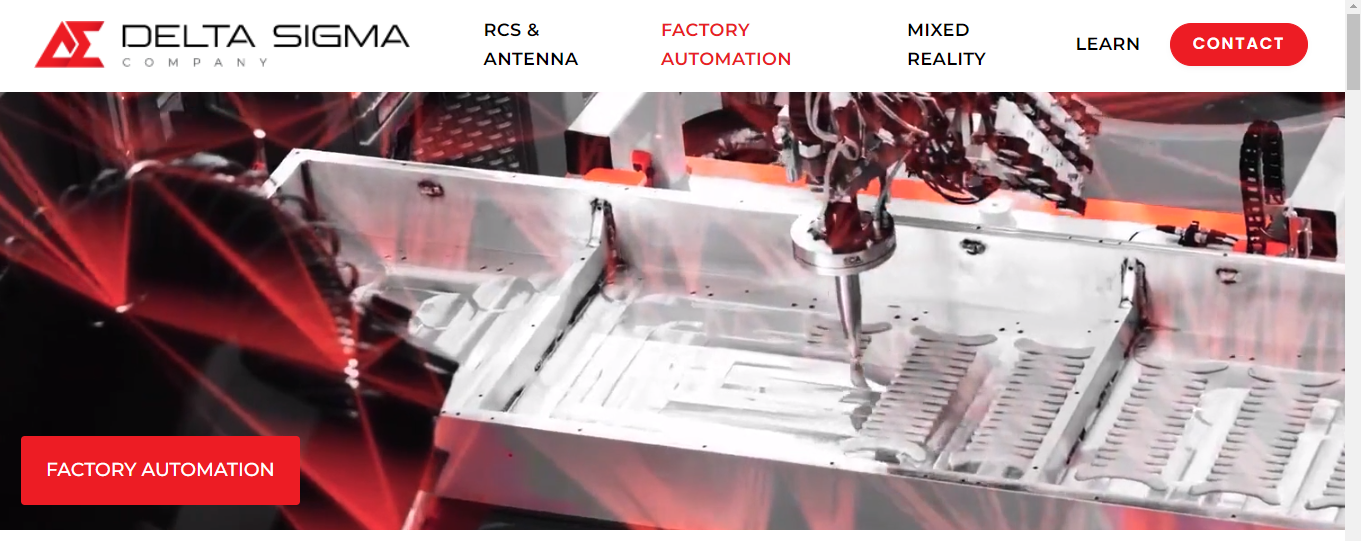
Human-Robot Synergy: Redefining Work in the 21st Century
- Feb 12, 2024
- | 190
Introduction to Human-Robot Synergy
Human-robot synergy represents a paradigm shift in the relationship between humans and machines, where industrial robots are not simply tools but collaborative partners working alongside humans to achieve common goals. This transformative approach to work holds the potential to redefine industries, enhance productivity, and unlock new possibilities for innovation and creativity in the 21st century.
Evolution of Human-Robot Collaboration
The evolution of human-robot collaboration can be traced back to the early days of industrial automation, when robots were primarily used for repetitive and hazardous tasks in manufacturing. However, advancements in robotics technology, artificial intelligence, and sensor systems have paved the way for more sophisticated and interactive robots capable of working in close proximity with humans, adapting to dynamic environments, and performing complex tasks with precision and efficiency.
Benefits of Human-Robot Synergy
Enhanced Efficiency and Productivity
By leveraging the complementary strengths of humans and robots, organizations can achieve significant gains in efficiency and productivity. Robots excel at repetitive, tedious tasks, freeing up human workers to focus on higher-level cognitive activities that require creativity, problem-solving, and decision-making skills. The result is a more streamlined and optimized workflow that maximizes resource utilization and output.
Improved Safety and Ergonomics
Human-robot collaboration enhances workplace safety by offloading dangerous or physically demanding tasks to robots, reducing the risk of injuries and accidents for human workers. Collaborative robots, or cobots, are designed to work alongside humans in shared workspaces, employing advanced sensors and algorithms to detect and respond to human presence, ensuring safe and seamless interaction.
Opportunities for Skill Enhancement and Creativity
Contrary to fears of job displacement, human-robot synergy creates new opportunities for skill enhancement and creativity. As robots handle routine tasks, humans have the opportunity to develop new skills, pursue higher education, and engage in more meaningful and fulfilling work that requires emotional intelligence, empathy, and social interaction – qualities that are uniquely human and difficult to replicate with machines.
Challenges and Considerations
Technological Limitations and Ethical Concerns
Despite the promise of human-robot synergy, there are significant technological limitations and ethical concerns that must be addressed. Challenges such as sensor reliability, algorithmic bias, data privacy, and security pose potential risks to human safety and well-being, requiring careful regulation and oversight to ensure responsible development and deployment of robotic systems.
Impact on Employment and Workforce Dynamics
The widespread adoption of robotics technology has raised concerns about its impact on employment and workforce dynamics. While automation may lead to job displacement in certain sectors, it also creates new opportunities for job creation, skills development, and economic growth. Managing the transition to a more automated workforce requires proactive measures such as reskilling and upskilling initiatives, lifelong learning programs, and social safety nets to support displaced workers.
Real-world Applications
Manufacturing and Industry 4.0
In the manufacturing sector, human-robot synergy is driving the transition towards Industry 4.0 – a new era of smart factories characterized by interconnected systems, autonomous machines, and real-time data analytics. Collaborative robots work alongside human workers on the factory floor, enhancing production efficiency, quality control, and adaptability to changing market demands.
Healthcare and Medical Robotics
In healthcare, robots are revolutionizing patient care delivery, assisting medical professionals in surgery, rehabilitation, and remote patient monitoring. Surgical robots enable minimally invasive procedures with greater precision and control, while telepresence robots facilitate remote consultations, diagnosis, and treatment, improving access to healthcare services and enhancing patient outcomes.
Service and Hospitality Sector
In the service and hospitality sector, robots are transforming customer service and experience, from automated check-in kiosks and robotic concierges in hotels to autonomous delivery robots in restaurants and cafes. By automating routine tasks and augmenting human service staff, robots enhance operational efficiency, reduce wait times, and elevate the overall quality of service.
Conclusion
Human-robot synergy represents a profound shift in the way we conceptualize and approach work in the 21st century. By embracing collaboration between humans and industrial robots, organizations can unlock new levels of efficiency, safety, and creativity while addressing challenges such as technological limitations, ethical concerns, and workforce dynamics. As we navigate the complexities of this transformative era, it is imperative to prioritize responsible innovation, inclusive growth, and human-centric design principles to ensure that human-robot synergy benefits society as a whole.





